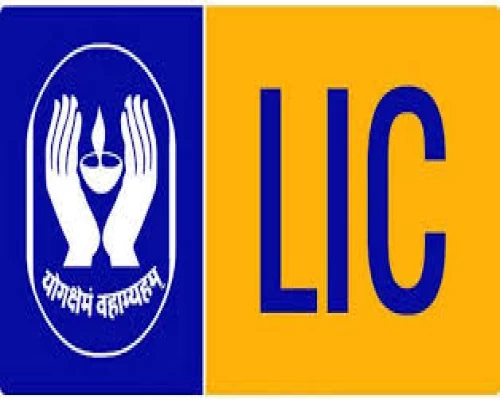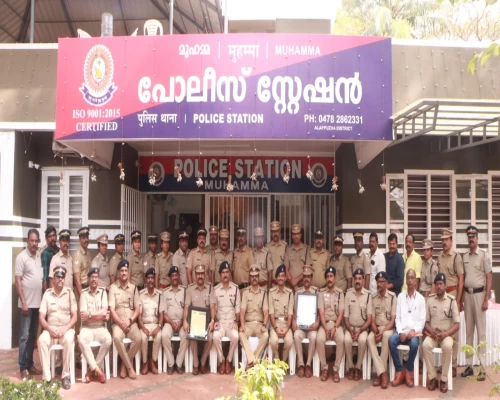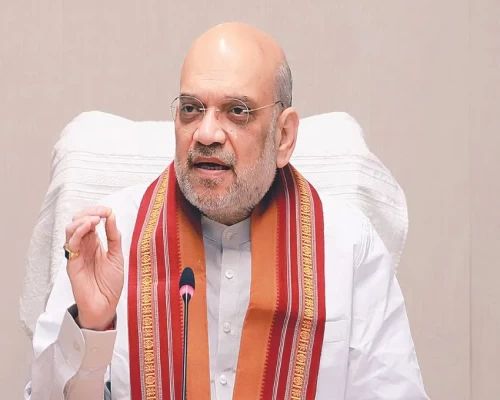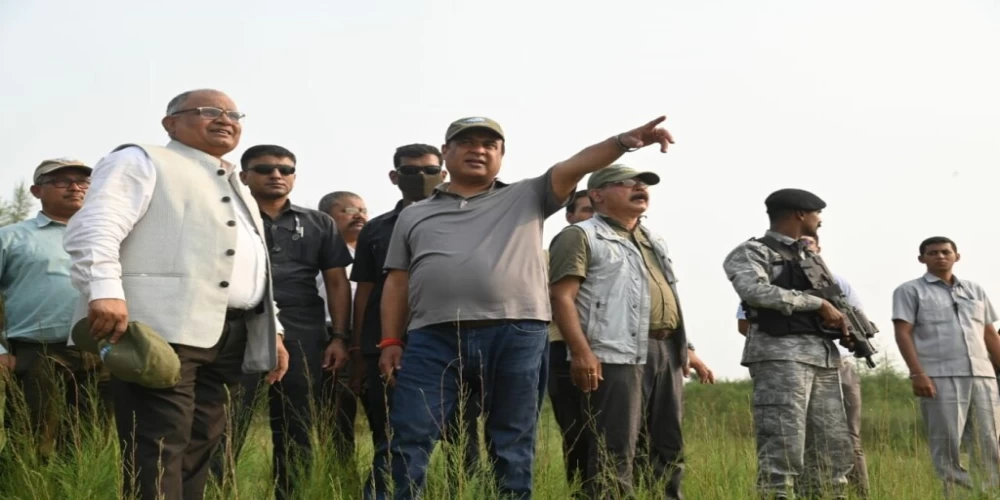
Guwahati: Ever since he took over as Chief Minister of Assam, Himanta Biswa Sarma has served, in a structured manner, decisive and severe blows to deeply-entrenched problems that have plagued the state for decades. While the police clampdown on drugs cartel and ban on child marriages were two vital campaigns that earned much media attention, one critical campaign - anti-encroachment drive - is one that has both historical and cultural contexts to it. And shall have a long-term impact on the socio-economic and demographic landscape of Assam.
On October 4, Sarma informed that around 22,000 bighas of forest bighas of forest area in Orang National Park has been freed from encroachment. Sarma stated that the national park is now directly linked with Kaziranga and the Burha-Chapori Wildlife Sanctuary, creating an unhindered 180-km-long protected area for our animals to thrive.
“This huge area will now sustain diverse forms of flora and fauna, and solidify Assam as a biodiversity hotspot,” he added on a post on X.
Earlier, in July, Sarma had informed that in the last three years the Assam Government has been able to free up 167 sq km of land from encoachers - an area larger than the size of the Chandigarh city. And when Sarma said on July 24, 2024 that, "We are committed to making every inch of land free from encroachers,” he displayed rare commitment towards state’s wildlife conservation and showed that Assam is well on its way to not only reclaiming its land but also safeguarding its precious wildlife for future generations.
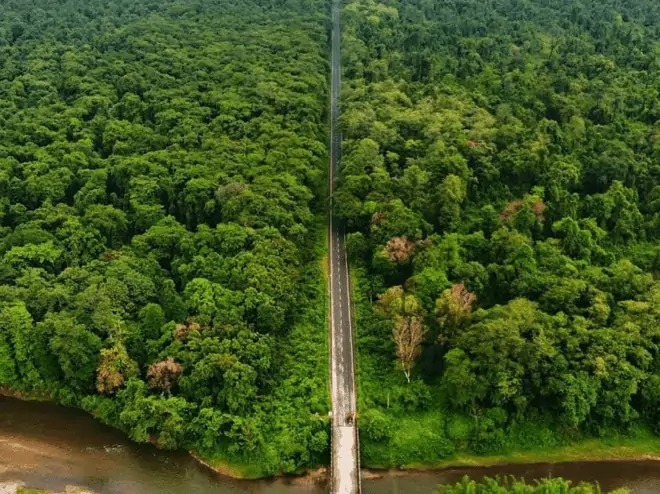
Assam has a stringent set of laws to deal with encroachments, but over the years, the land mafia acted brazenly to bypass it. The Assam Land Records Manual provides the mechanism to keep the record of Government land and encroachment thereon. Rule 18(2) of the Settlement Rules under Assam Land and Revenue Regulation, 1886 provides that encroachment on Government khas land or waste land or estate over which no person has acquired the right of a proprietor, land holder or settlement holder or any land that has previously been reserved, roads or road- side land or for the grazing of village cattle or for other public purposes shall be removed forthwith by the Deputy Commissioner. The power to remove encroachments has also been delegated to the Circle Officers vide Govt. Notification No. RLR.162/2008/25, dated 06.02.2010.
“In recent years, a determined Chief Minister has personally monitored and ensured implementation of the laws of the land and freeing our precious natural resources from encroachments and illegal havens for variety of activities,” said MK Yadava, IFS, Special Chief Secretary, Forest, Government of Assam.
Assam has embarked on a significant journey to reclaim its natural habitats and wildlife sanctuaries from the grip of illegal encroachments. The state government has made notable strides in protecting its forests, wildlife, and the integrity of its land. With consistent efforts, Assam has managed to recover an impressive 167 square kilometers of land from illegal encroachers over the last three years - an area larger than Chandigarh city. This accomplishment signals not only a victory for wildlife conservation but also the state's resolve to secure its future by addressing the challenges posed by illegal settlements. Yadava added, “In order to conserve our forest and wildlife, our CM Shri Himanta Biswa Sharma has taken a big leap which is yielding results.”
Over the past 40 years, illegal encroachments in Assam have expanded dramatically, with entire sanctuaries like Bura Chapori and Laokhowa being transformed into makeshift townships. Encroachers, often residing on forest and revenue lands, have built communities that disrupted the natural ecosystems and posed significant threats to wildlife. Records from the Assam Land and Revenue Department suggest that the encroaching population in these areas swelled from a few families in the 1980s to more than 2,500 households, totaling over 12,000 people.
To address this critical issue, the Assam government launched a series of large-scale eviction drives in past few years. Many operations were carried out across the state, freeing thousands of hectares of forest and revenue land. As of July 2024, the state government had successfully reclaimed 16,776 hectares of land, including 9,646 hectares of forest land and 7,130 hectares of revenue land. These operations have been key to restoring Assam’s delicate natural ecosystems, with encroached lands now free of settlers.
One of the most significant outcomes of these eviction drives has been the revival of wildlife in the affected sanctuaries. Assam's iconic one-horned rhinos, which had been absent from Laokhowa and Bura Chapori for over 40 years due to human encroachment, have now returned. “The restoration of 51.7 square kilometers of forest cover in these regions within a year of the anti-encroachment operations has allowed rhinos, along with elephants, deer, birds, and tigers, to reclaim their natural habitats,” said Yadava.
Illegal encroachment has not only affected the wildlife but also posed significant environmental challenge. The destruction of forests and grasslands, crucial habitats for Assam’s diverse species, has led to increased human-wildlife conflict. For instance, the displacement of elephants from their natural habitats due to human encroachment has resulted in frequent confrontations between humans and animals.
The successful eviction drives to reclaim encroached forest and Government land including sanctuaries like Bura Chapori and Laokhowa highlights the critical balance between development and environmental protection that the Assam government is striving to maintain. “With continued efforts, the return of rhinos to their rightful home, after a period of over 4 decades, is a powerful symbol of what can be achieved when conservation takes priority,” added Yadava.
BI Bureau




